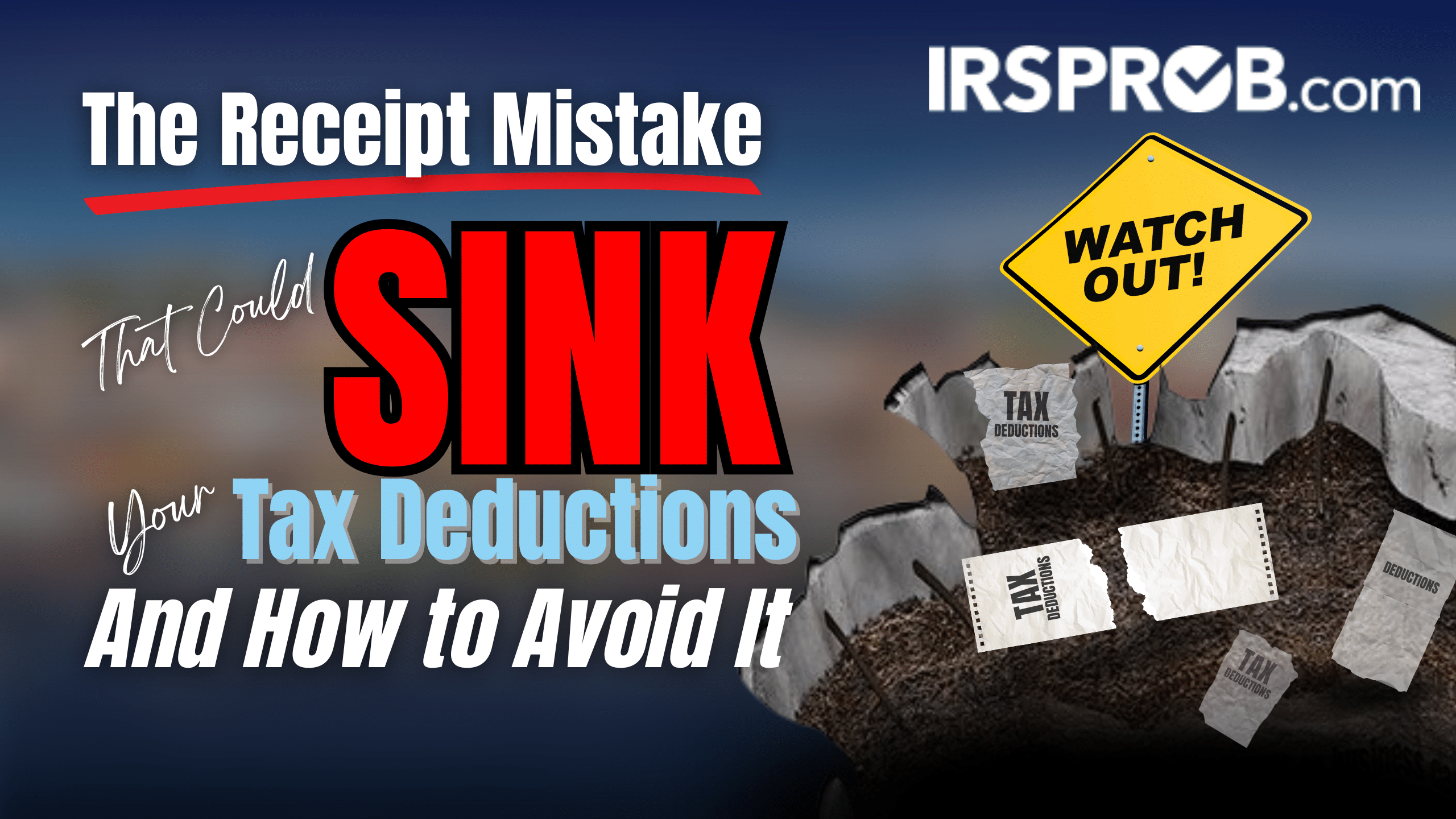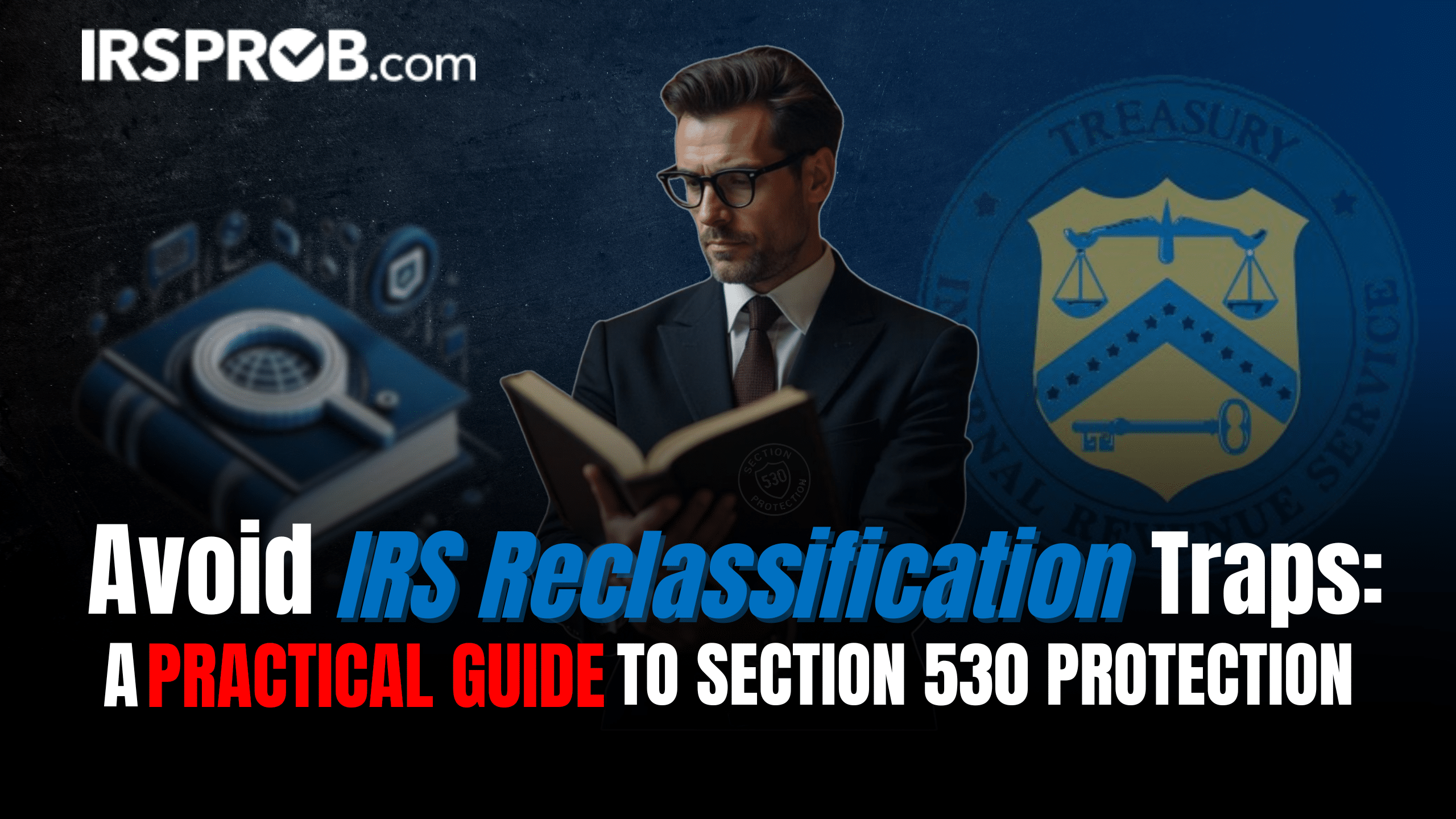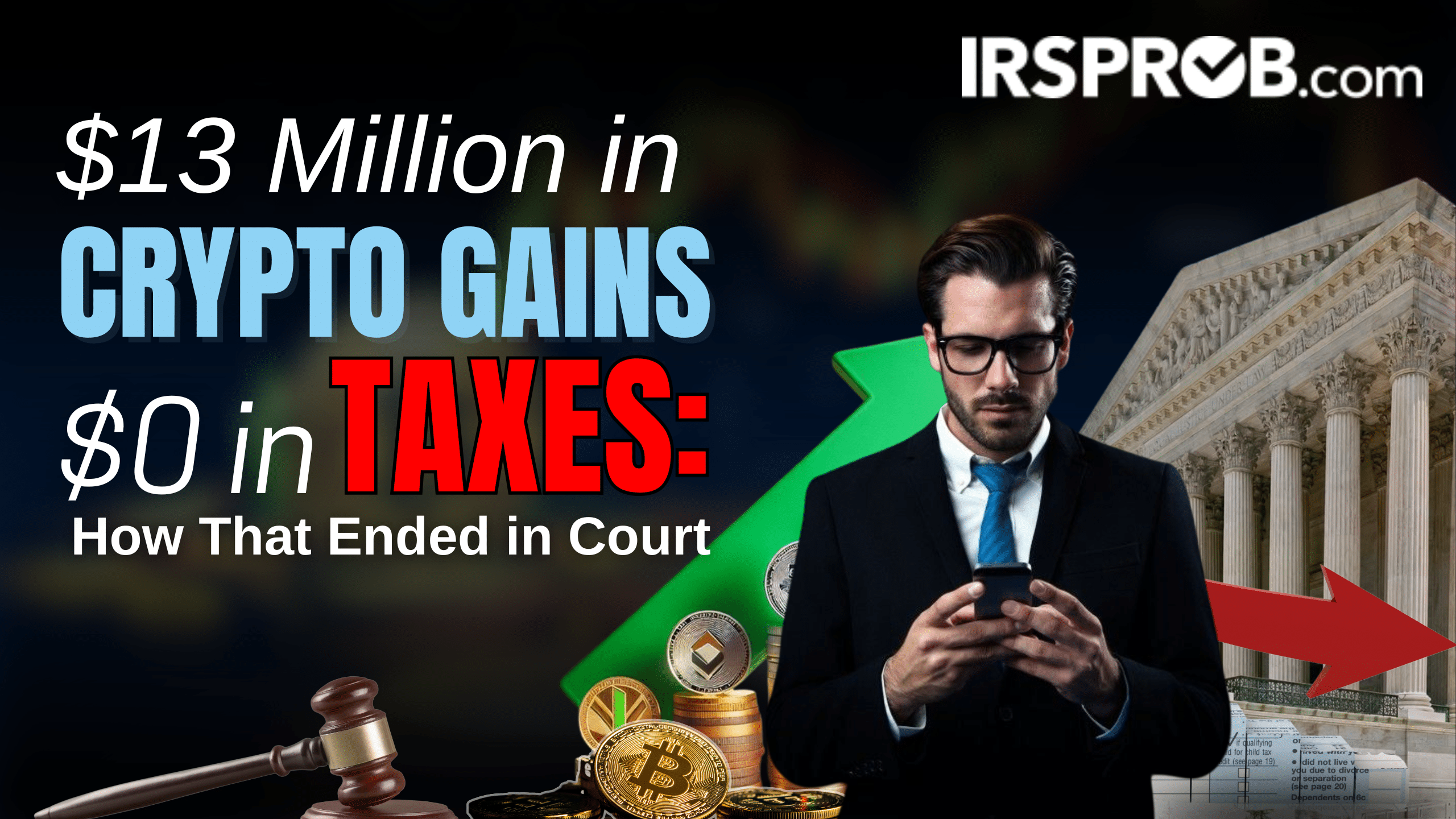
For many business owners, early retirement can seem like an enticing option or an inevitable necessity. However, stepping away from your business before reaching age 59½ presents its own set of challenges, particularly when it comes to accessing your retirement savings. If you’re not careful, you could face steep penalties when withdrawing from retirement accounts like 401(k)s and IRAs.
One strategy that can help you avoid these penalties is using Substantially Equal Periodic Payments (SEPPs). Understanding SEPPs and their tax implications is essential for those planning to retire early. This post will break down SEPPs, how they work, and what business owners need to consider before making withdrawals.
What Are SEPPs?
Under normal circumstances, withdrawing from your retirement account before the age of 59½ subjects you to a 10% early withdrawal penalty. However, the IRS offers an exception for early retirees through SEPPs, provided you follow specific rules. SEPPs allow you to take a series of equal periodic payments from your retirement accounts without facing the penalty.
SEPPs are a tax strategy designed for individuals who need access to retirement funds but want to avoid the 10% penalty. However, keep in mind that these distributions are still subject to regular income tax. Here’s a summary of the key features:
- No Early Withdrawal Penalty: SEPPs allow you to withdraw from retirement accounts before age 59½ without paying the additional 10% penalty.
- Mandatory Regular Payments: Payments must be made at least annually and continue for either five years or until you turn 59½, whichever is longer.
- Strict Rules: Once you start SEPPs, you cannot modify or stop the payments without facing retroactive penalties.
How SEPPs Work
To take advantage of SEPPs, you must use one of three IRS-approved methods to calculate your withdrawal amount:
- Required Minimum Distribution (RMD) Method: This method requires recalculating your payment annually based on the account balance and life expectancy. While flexible, it means your annual withdrawals could vary based on market performance.
- Fixed Amortization Method: Under this method, you calculate your payments based on a fixed amount, determined by amortizing your account balance over a set number of years.
- Fixed Annuitization Method: This method calculates your annual payments by dividing your account balance by an annuity factor. The payments remain the same for each year.
Each method comes with its pros and cons, depending on your financial situation and future goals. Once you choose a method, you are locked into it unless you decide to switch to the RMD method, which is allowed once without triggering penalties.
Common Pitfalls for Business Owners
SEPPs may seem like a straightforward way to access your retirement funds, but they come with significant risks, particularly for business owners whose financial situations can be more complex than those of typical retirees. Here are some common mistakes:
- Modification of Payments: If you modify your SEPP before the period ends, you risk retroactive penalties. For example, if you change the amount or frequency of payments, the IRS can impose the 10% penalty on all your previous SEPP withdrawals.
- Account Changes: Once you establish SEPP withdrawals from a retirement account, you cannot make additional contributions or take other distributions from that account without invalidating the SEPP and triggering penalties.
- Unplanned Depletion of Funds: If your account balance is significantly reduced due to poor investment performance or large withdrawals, you may deplete your account before reaching the end of your SEPP period. If this happens, the IRS won’t penalize you as long as you followed the approved SEPP method. However, this could leave you without funds later in retirement.
Planning for Early Retirement
SEPPs can offer business owners flexibility when planning for early retirement, but they require careful consideration. You need to ensure that your chosen method of SEPP fits your long-term financial goals and that you are fully aware of the consequences of modifying the payments.
Here are a few tips for those considering SEPPs:
- Consult a Financial Advisor: Given the complexity of SEPPs, working with a financial advisor or tax professional is essential to ensure you follow the IRS rules correctly and avoid penalties.
- Document Everything: Keep thorough records of your SEPP calculations and payments. If you face an audit or need to prove your distributions, having this documentation could save you from hefty penalties.
- Evaluate Other Sources of Income: Before committing to SEPPs, explore other ways to generate income, such as rental properties, passive income from investments, or selling a portion of your business. These alternatives may allow you to leave your retirement funds untouched until you reach 59½.
Final Thoughts
For business owners contemplating early retirement, SEPPs provide a viable option to access your retirement savings without incurring penalties. However, they come with strict rules, and any misstep can result in severe financial consequences. Proper planning, consultation with professionals, and a solid understanding of how SEPPs work are crucial for ensuring a smooth and penalty-free early retirement.
If you’re considering early retirement and SEPPs as part of your strategy, it’s wise to consult a tax professional or financial advisor to determine the best approach for your unique situation.









